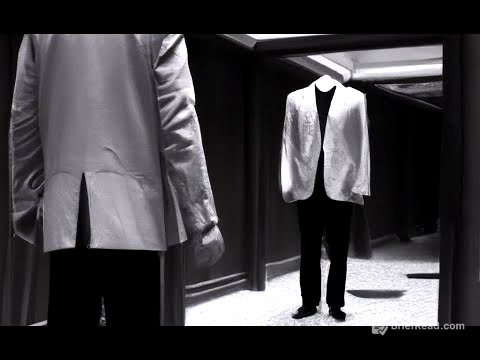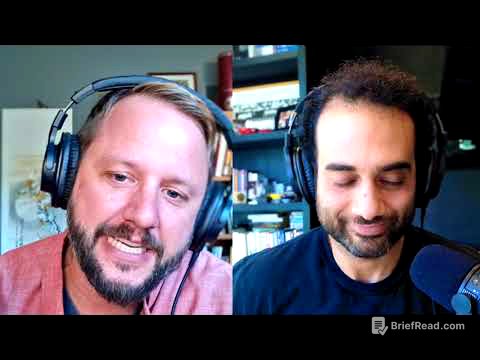TLDR;
This video by English With Rani Mam focuses on identifying nouns within sentences, emphasizing practical techniques for recognition rather than in-depth definitions. It covers identifying nouns by asking "what," "whom," or "where," looking for articles (a, an, the) before words, and recognizing nouns that follow prepositions. The video also explains the functions of nouns as subjects, objects, subject complements, and object complements, providing examples to differentiate between them.
- Nouns are identified by answering "what," "whom," or "where."
- Articles (a, an, the) often precede nouns.
- Nouns frequently follow prepositions.
- Nouns function as subjects, objects, subject complements, and object complements.
What are Nouns? [0:00]
Nouns are naming words for everything you can name, such as screens, cameras, students, and teachers. Pronouns replace nouns to avoid repetition. Nouns answer the questions "who," "whom," or "what" in a sentence. For example, in the sentence "Ram helped Shyam," Ram answers "who helped," and Shyam answers "whom did Ram help."
Identifying Nouns [2:42]
To identify a noun, ask "what," "whom," or "where." For instance, in "Shakespeare was a dramatist," asking "what was Shakespeare" yields "dramatist," which is a noun. Articles (a, an, the) are typically placed before nouns. For example, in "The judge ordered the prisoner's chains removed," "judge," "prisoner," and "chains" are nouns, with "the" indicating their presence.
More Ways to Identify Nouns [5:57]
Characteristics of nouns can be identified by asking questions. Articles are placed before nouns, and adjectives describe nouns. Prepositions are often followed by nouns. For example, in "Children found an egg in the nest," "egg" and "nest" are nouns, with "an" and "the" as articles. The article is placed for the noun, not the adjective.
Nouns and Prepositions [13:01]
Prepositions precede nouns. For example, "fan on the desk" includes the preposition "on" followed by the noun "desk." While adverbs can also answer "where," prepositions can indicate place as well. Possessive adjectives are followed by nouns.
Functions of Nouns: Subject and Object [15:32]
Nouns function as subjects or objects in sentences. The subject performs the action, and the object receives the action. For example, in "The peon rang the bell," the peon is the subject, and the bell is the object because the peon's action affects the bell.
Subject and Object Complements [17:36]
Subject complements provide additional information about the subject, while object complements provide additional information about the object. In "Ram is a writer," Ram is the subject, and "writer" is the subject complement. In "Circumstances have made both the brothers enemies," "brothers" is the object, and "enemies" is the object complement.
Examples of Subject and Object Complements [22:18]
The teacher explains the difference between subject and object complements with examples. In "I am a teacher of English," "I" is the subject, and "teacher of English" is the subject complement. In "Circumstances have made me brothers," "brothers" is the object, and the object complement provides additional information about the object.









